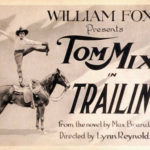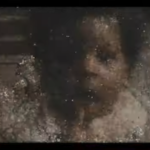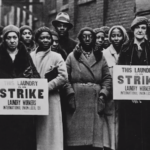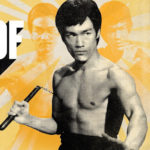How Movies Remake the Past
Shot over and over again, JFK refracts in the archives of the mind’s eye
By Peter Monaghan
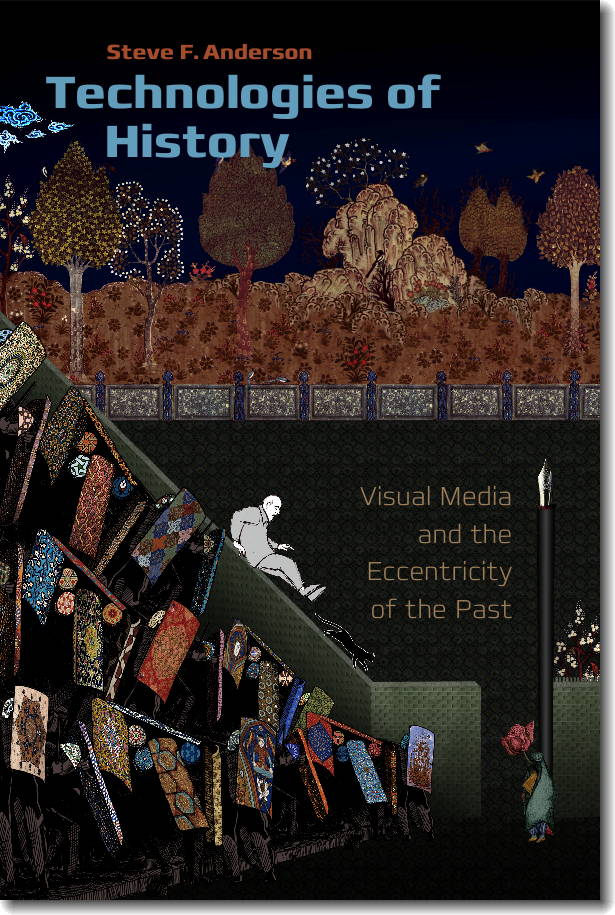 John F. Kennedy died by an assassin’s bullet on November 22, 1963, in Dallas. That much is certain, regardless of your preferred theory about who killed him.
John F. Kennedy died by an assassin’s bullet on November 22, 1963, in Dallas. That much is certain, regardless of your preferred theory about who killed him.
Regardless, the established historical facts play only a part – perhaps not even the dominant role – in public conceptions of the US President’s death. Because, notes media theorist Steve F. Anderson, the official story of how the assassination unfolded – itself still confused and clouded – is not the whole story; it is not, at least, the whole story as it has grown, and evolved, in public consciousness.
In Technologies of History: Visual Media and the Eccentricity of the Past, which Dartmouth College Press published in 2011, Anderson, an associate professor of the Practice of Cinematic Arts at the University of Southern California, considered the ways in which film and other media can create accounts that take root in popular consciousness, and come to be the historical accounts.
Yes, JFK he died in Dallas on that fateful day. But he died again, and continues to die, in movies like Oliver Stone’s JFK (1991), the television show Quantum Leap’s 1992 episode, “Lee Harvey Oswald,” and many video and online games that allow players to tinker with historical events — conspiracy theory-inspired games like JFK Reloaded (2004).
Anderson contends that historians and history theorists pay too little attention to the way media artifacts shape understanding of historical events, as well as the way history is told. “We must cultivate an awareness of too easily marginalized media practices, whether they are part of a self-consciously artistic avant-garde, informal networks of amateur creators, alternate-history gamers, or pop-culture remixers,” Anderson wrote in Technologies of History.
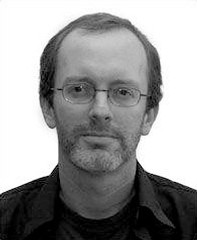
While acknowledging that history does take shape in such ways, Anderson argues that media theorists have taken too little account of that sort of history-making; he also asserts that historians have not yet developed ways to handle the approaches to history-telling found in many media forms. He observes that, whether or not academically credentialed historians like it, they are far from the only ones telling and conveying history, and nor do they have any great control over how histories are formed and conveyed.
Think of it this way, Anderson suggests: History is always a tale told be someone or other, and to claim a superior method of shaping accounts probably amounts to self-flattery, at best, and possibly to a less-honorable form of deception, often. He writes: “Cultural theories that describe contemporary historical consciousness in terms of debasement and loss mendaciously imply that there was once a time when historical thinking was more firmly grounded in secure access to an authentic past.”
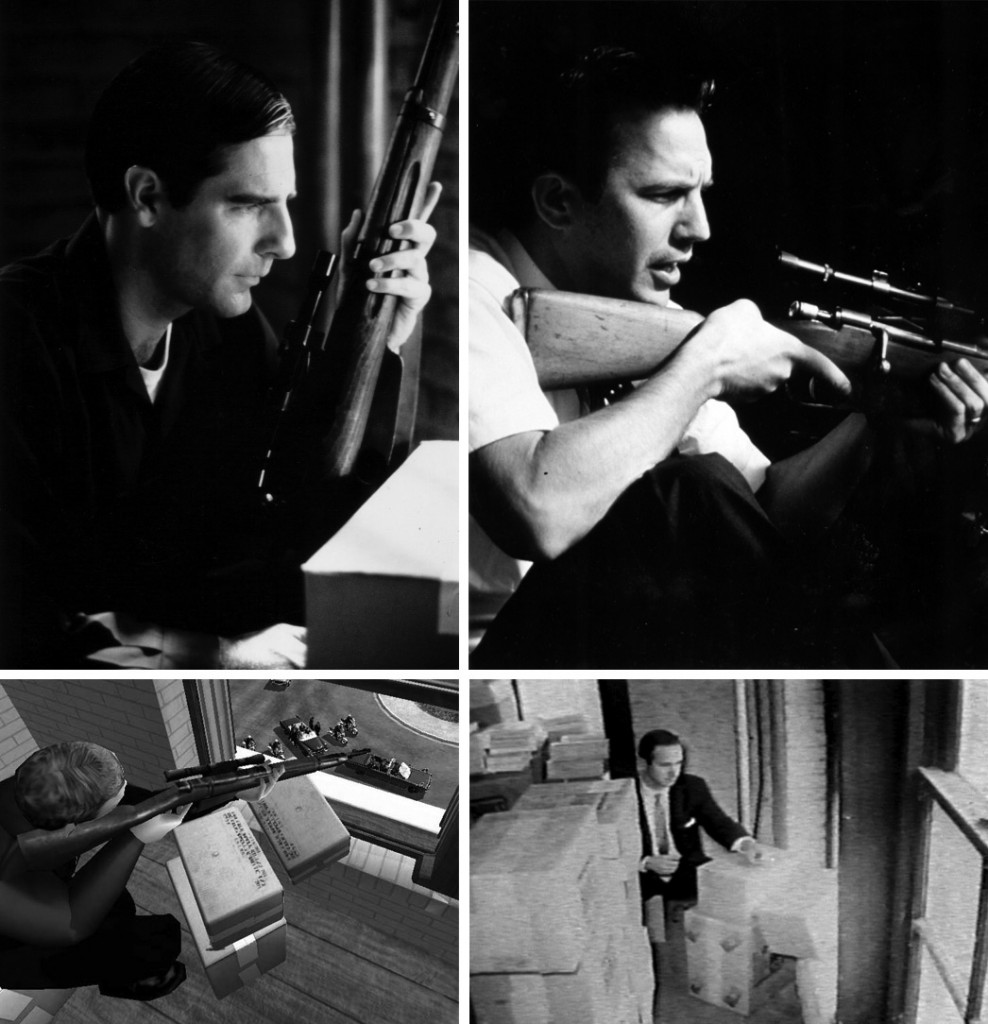
Anderson elaborates in an interview: “It is very likely not the book by the Harvard historian that 300 people in the world read that gives us a historical sensibility and becomes part of how we behave in the world,” he says. “It’s The X-Files.” The reasons for that are many, including public suspicion surrounding events like Kennedy’s assassination, and the complicity of mainstream news media in disinformation campaigns during American wars—Panama, Vietnam, Iraq. Those factors prevent closure on historical events, and instead encourage the opening of more channels and modes of recounting history.
This is to say that what most interests Anderson about many often-bizarre, history-related media products is that they contribute to the study and understanding of historiography—the way history is told. Cumulatively, they “shape our basic relations to time, history, and memory,” he says.
Of course, some accounts would strike academic historians as trash; even more-considered products, such as avant-garde films that consciously comment on history-telling, might seem simply obscure or baffling.
But for Anderson, all the accounts – from the severely analytic to the most far-fetched and even fanciful, ignorant, or paranoid – make a contribution. Whether or not they aspire to or accomplish factual accuracy or plausibility may not be the point.
Anderson writes that when, for example, Kirk and Spock go undercover as SS officers to overthrow a Nazi-like regime on the planet Ekos, in a 1968 episode of Star Trek, they may “reveal what is missing or repressed within conventional history writing or, indeed, the cultural unconscious.”
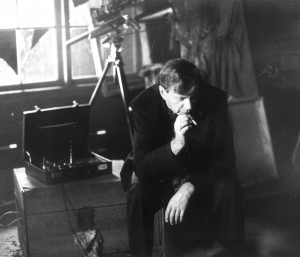
In recent decades, some historians have lamented that television, in its championing of the forgettable, breeds “collective amnesia” and a “crisis of historical consciousness,” in two phrases used by the cultural theorist George Lipsitz. Those scholars would presumably frown at Anderson’s appeal to the authority of Rocky and Bullwinkle. But he observes that when the ABC network’s animated show Rocky and His Friends (1959-61) ran segments in which Mr. Peabody, a pedantic talking dog, schooled a naïve human protégé in world history, it did so in keeping with television’s earlier federal mandate “to inform citizens.”
American television has long dealt in nuanced ways with history, Anderson claims. It has obsessed over the past, as evidenced in a proliferation of overtly historical or nostalgia-oriented programming, such as 1960s shows like David Wolper’s The Passing Years. More recently, perhaps hoping to emulate ABC’s late-1970s blockbuster miniseries, Roots, public television has doled out lashings of Ken Burns-style documentaries.
Historical popularizations and even counterfactual narratives, such as what would have ensued had Hitler defeated the Allies, all play a role in the processes Anderson encourages, because “we need to understand what might have happened if we are going to truly understand what did happen.”
His book project began, many years ago, “just thinking about the ways in which what I remember of the past is drawn from ridiculous sources, like Star Trek,” Anderson says. He later became a devotee of experimental and avant-garde independent films, and finds many that consciously bear on the issues of historiography that occupied him as he prepared Technologies of History. He had studied at the California Institute of the Arts with the filmmakers Morgan Fisher, James Benning, and Thom Andersen, and had served as a film researcher on Red Hollywood, Andersen’s 1996 film with Noel Birch, a revisionist history of Hollywood’s blacklist era.
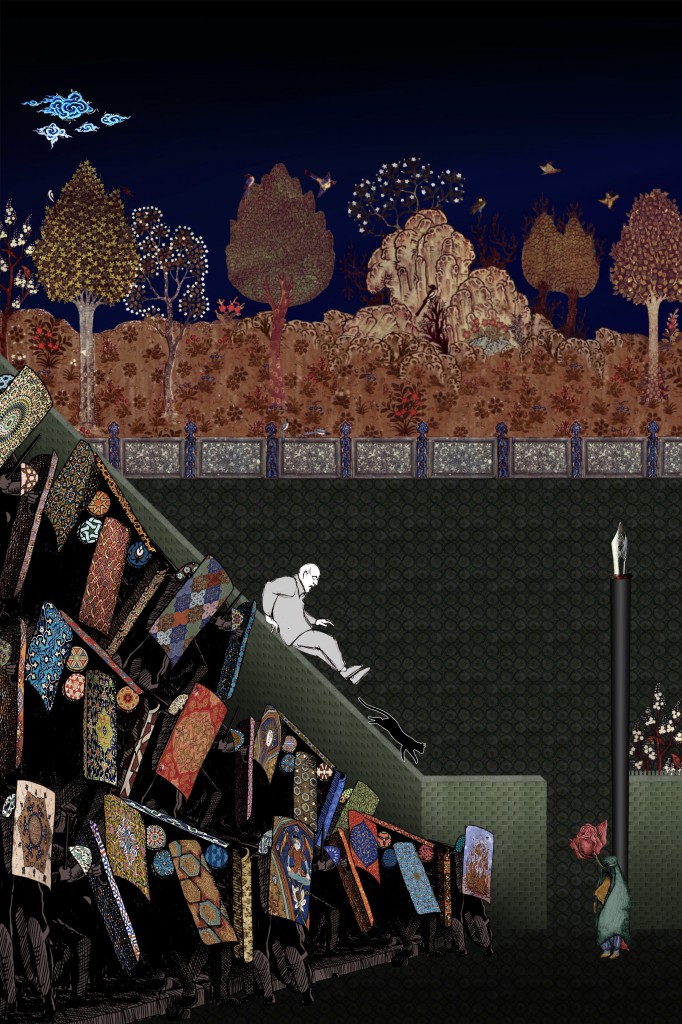
The Cat and the Coup differs from many games by not locking players into highly restrictive digital architecture. In a similar spirit of allowing the most possible outcomes for a media product, Anderson persuaded Dartmouth College Press to allow him to apply a Creative Commons license to his book. He also assigned that generous license to his extensive online companion pieces, including a video advertisement and a demonstration of alternative historiography called “Technologies of History Interactive,” with many riffs on the Kennedy assassination.
Anderson made those freely available because he wanted to reach academics and electronic communities, such as gamers and digital artists. In that way, the open-access license dovetails with his advocacy of the broadest access to cultural expressions, even those that may appear obtuse, confusing, or deceptive.
Anderson is also founder of Critical Commons, a nonprofit advocacy coalition that supports a liberal definition of fair use of media for scholarship, research, and teaching. He is well placed to propagate the commons-license philosophy, because he influences the thinking of many emerging key figures in media production and theory in his role of founding director of the University of Southern California’s Ph.D. program in media arts and practice. (He also co-edits Vectors: Journal of Culture and Technology in a Dynamic Vernacular.)
The days are over, he tells his students, and his book’s readers, when official histories, told by credentialed, academic historians, will suffice, or will vouch unchallenged for how the past happened.
A version of this article earlier appeared in The Chronicle Review.
Previous Post: It's the Reel Thing

